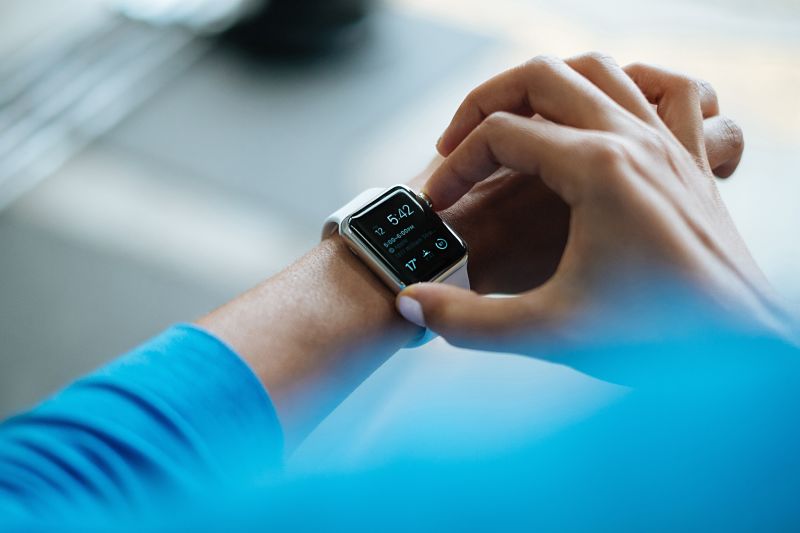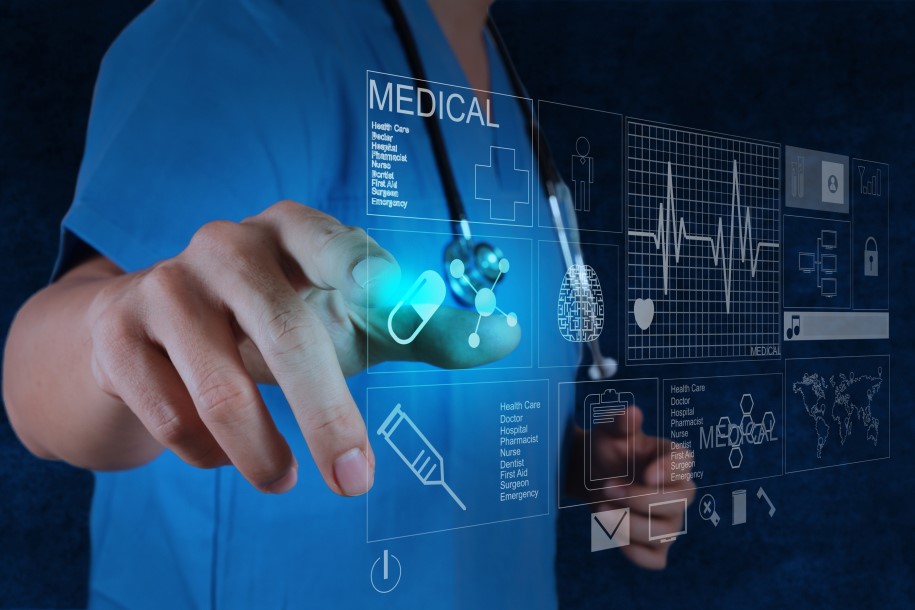Preventing illnesses before they are diagnosed? Receiving real time monitoring of our illnesses without needing to go a doctor? Having within our reach a map of our health so that it can be analyzed by specialists? Every day all these things are closer to becoming a reality thanks to amongst other factors, Big Data.
Technology based on Big Data is revolutionizing every aspect of business and also everyday life. One of the areas where technological advances are having a big impact is in medicine. Examples of these are Biotechnology, augmented reality, wearables, genomics, robotic surgeons or bionics, which are today all a reality.

In this context, applying Big Data is becoming more evident and necessary in the world of health and medicine. The cost decrease in the area of genomics, and the increasing popularity of wearables, are two of the aspects that will make a volume of medical data we have never seen before available to us.
The technological challenge isn't small, but Big Data allows us to manage these great volumes of data and take advantage of all the gathered information, applying intelligence to the data.
Genomics & Big Data
Genomics is the study of the genetic material of organisms. This field includes sequencing, mapping and analyzing DNA & RNA codes, in order to understand how genes work and what impact they have on diseases.
The amount of data that we generate in this process is enormous. A person’s genome has between 20,000 and 25,000 genes and hundreds of petabytes are necessary in order to store the information and to analyze it.
Personal genomics is one of the pillars of preventive medicine because it allows us to prevent future diseases and to design the most appropriate treatment for each patient. Also, if we combine genetic data with other medical data, we can provide professionals and researchers with a much more profound and complete picture of each patient’s health.
The advances in this field in the past 50 years have been spectacular, culminating with the Human Genome Project that achieved to automatically sequence the human genome at the beginning of the 2000’s. Since that moment the cost of this process has decreased radically, being today at around 1.000 dollars.

This cost decrease has made this technology accessible to all and has opened a new range of possibilities for personalized treatment and medical data analysis.
Some of today's main applications of genome research are:
- The use of predictive models in order to identify high risk patients, for example in the case of type 1 diabetes.
- Classification of disease subtypes in order to select more precise clinical treatments, for example in the case of cancer.
- To provide better information for the screening of candidates in clinical tests for drugs and treatments.
We would like to highlight the case of actress Angelina Jolie who, after carrying out a genomic test, decided to carry out a preventive mastectomy because she was diagnosed with high risk of breast cancer.
Another very interesting example is the analysis carried out by researchers from Mount Sinai hospital in New York and recently published in the prestigious Nature magazine. In this study they analyzed the genetic information of nearly 600,000 healthy patients. Within these they found 13 people with mutations that should have caused them congenic illnesses when they were children. However, these people are healthy and haven't suffered any illness.
A study of their DNA can give important clues to scientists in order to understand genetic diseases better and in the future make the best treatments available for other patients that suffer from these diseases. Without Big Data it wouldn't have been possible to analyze such an enormous volume of information and to detect these atypical cases.
Other types of Data: Wearables
Genetic information isn't the only area that has experienced an explosion in the past few years. We would also like to highlight the enormous growth in the use of wearables, digital devices that we wear on ourselves all day.
These devices can be used to measure the patients’ biometric data and, in this way, compile information throughout time. The novelty is that this information can be analyzed in real time by doctors and specialists so a doctor can monitor a patient like never before.
For example, now they can measure parameters such as oxygen saturation, cardiac pulse, calories burnt or monitor sleep quality.
It is calculated that the available biomedical information will duplicate each 18-24 months for the next few years. This will create a challenge for the management, availability and administration of the data, a challenge for which companies in the health sector must be prepared.

Personalized medicine
All these new techniques are directing us towards super personalization. The quantity of medical data that is compiled in our medical histories is going to increase tenfold and this will open a gateway to undiscovered knowledge, where we will be able to make custom-made decisions for each patient.
On the other hand, a new era of scientific data is beginning. Thanks to the sheer volume of information available, we will be able to apply artificial intelligence techniques, such as machine learning, in order to carry out advanced analytics and to make decisions in real time, this also applies to the medical field.

Future Challenges
This new revolution will even affect the role of doctors, who will have to become experts in analyzing data in order to diagnose and make decisions based on the enormous amount of information available. Or who knows, maybe we already need medical specialists that are focused on analyzing data, maybe a hybrid between a doctor and a data scientist? The way to diagnose and prevent diseases is going to change radically.
The explosion of new medical data is creating new challenges. One of the main ones is to manage the privacy of the patients’ data. Medical data is obviously sensitive and that it must be stored with sufficient security guarantees and respect for the users privacy. At the same time it must be easily accessible so that it can be implemented by the specialists, a lot of times by different medical units or medical centers.

On the other hand a lot of technological challenges have arisen, such as the application of new machine learning or deep learning algorithms for the prediction and prevention of diseases. How can we give Doctors and Scientists the ability to compute and the necessary knowledge to be able to put these techniques into practice? Some of these answers can be found in Cloud and Big Data.
Conclusion
The appearance of new technical methods and the eruption of available medical data will mean a revolution in the world of health and in people's day to day lives.
Although you don't notice it on first glance, Big Data is becoming ever more present in our lives helping to resolve new challenges and contributing added value. The improvements that are expected to arrive in the next few years will create a radical change that will improve people's lives.
Only the companies that embrace Big Data will have the ability to offer their clients and users this added value, giving them the possibility to extract and manage great volumes of data in order to use it in an intelligent way.

hbspt.cta.load(2189055, '7269588a-c5e5-408e-b838-9847cc555856', {});
Comments are moderated and will only be visible if they add to the discussion in a constructive way. If you disagree with a point, please, be polite.




Tell us what you think.